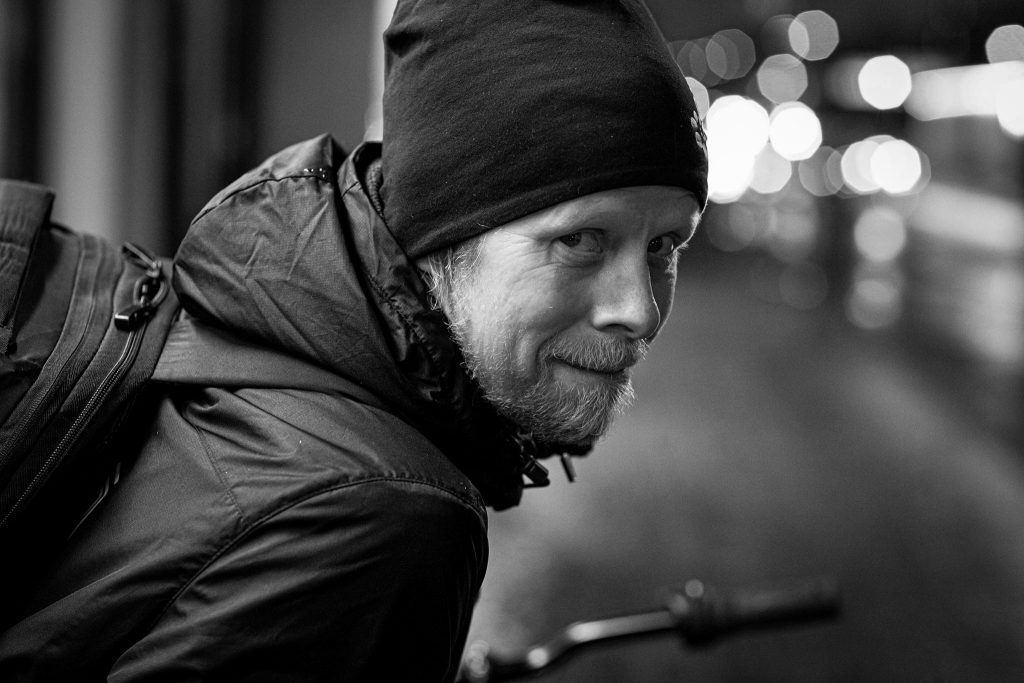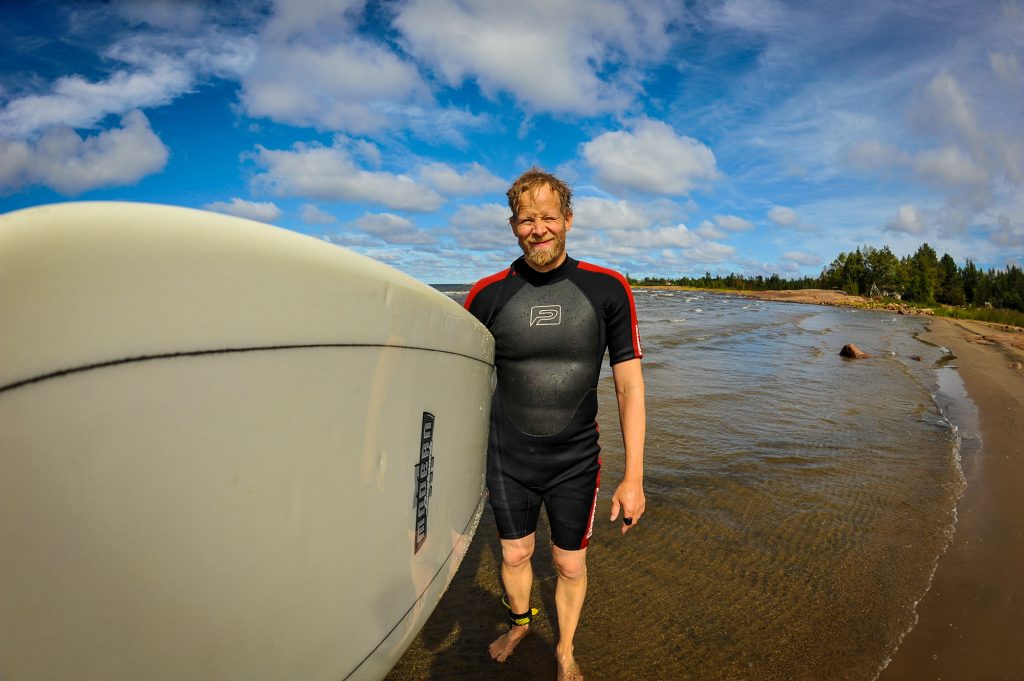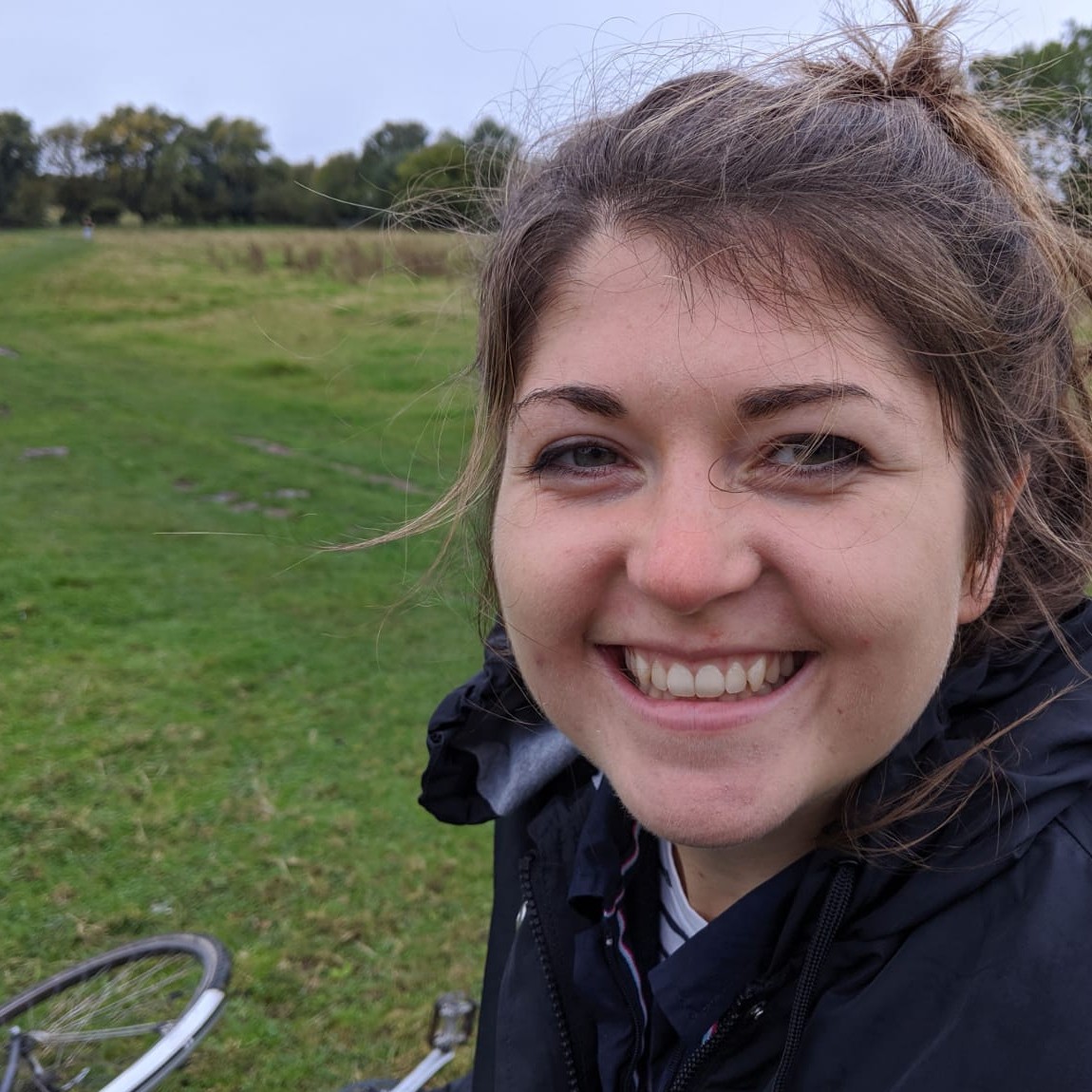As President of the Winter Cycling Federation, Timo’s aim is to make cities active all year round. He talks about cycling at -30C, the broken gym culture and making politicians practice what they preach.
Timo’s Story: The Miracle of Year-Round Cycling
“I never thought I was a cycling advocate” says Timo, “just a normal guy who goes places by bike.” Living in the Finnish city of Oulu, where the cycling modal share is 22%, riding a bike is seen as common sense. “People in Oulu don’t think it is a cycling city until they go outside of Oulu,” remarks Timo.
Whilst the rest of the world cast itself into an era of 1970s automobilisation, Oulu’s traffic engineer stubbornly refused to follow suit – instead building roads for walking, cycling and cars. His legacy left Oulu with one of the world’s most extensive cycle networks, despite its temperatures of minus thirty degrees centigrade.
“When I realised that the culture we have here in Oulu is something unique, I began to talk about it – the miracle of year round cycling,” says Timo. From here, the Winter Cycling Federation began, with yearly Congresses dotted around the world’s coldest cities.
Alongside being President of the Winter Cycling Federation, Timo also works as a city planner at Navico, runs a BikeBusters project to get politicians onboard with cycling and tests personal fitness – all with the aim of making cities active throughout the seasons.

Winter Cycling: Temperature Isn’t the Issue
“If there’s a lot of snow, we plough it away” says Timo. “It is simple – it’s not about the cold, it’s all about maintenance and how you serve the cyclists.”
To allow for cycling in winter, Timo firstly insists that cities need a good cycling network. This means separated cycle tracks, rather than painted lines on roads, which are well planned and comprehensive. Due to good infrastructure, the snow can then be compacted and covered in gravel or sand, depending on the time of year. In Oulu, clearance of cycle tracks is prioritised so that they are ready before rush-hour.
“You have to make cycling the obvious first choice and as pleasant as possible,” explains Timo. Serving a cup of hot chocolate to commuters, for example, is a way to show that the city appreciates the effort people made to go by bike.
During the Winter Cycling Congresses, Timo has shared and learned different tactics from other winter cities. Each Congress has a different theme, for instance Minneapolis 2016 was focused on equity whilst the 2021 e-Congress is called ‘Viva La Bike Boom– How to keep the global bike boom going as winter arrives?’.
“It’s not just about cycling,” states Timo, “it’s about year-round active cities – that’s the direction we’re going in.”
Being Healthy: “People Don’t Have Clue”
When asked why active cities are important, Timo explains that health and fitness today are misunderstood. “People think that they are doing the right thing, but they don’t have a clue” he states.
Gym culture, athlete training schedules and even children’s sport clubs all emphasis high intensity activity, he claims, whilst neglecting low intensity activity. This results in what Timo calls ‘one dimensional’ athletes, as individuals are injury prone and unable to recover from intense training. “The Sport Industry is trying to sell people health and wellbeing – but they won’t achieve this,” says Timo, “they are just pumping people up without fixing the foundation.”
In order to fix the foundation, Timo believes it is essential to design cities for walking and cycling. “If you can go to school or work by bike and foot, even if it’s part of the way, that’s the best way to increase low intensity activity,” states Timo.
This means shifting the priorities away from cars. “We’ve been planning cities for cars for decades,” says Timo. “Cars and mobile phones are mastering our lives; I can see the effects in the health and lives of our kids. Instead of doing plaster solutions, leaders need to fix cities at the foundation.”
So, how do you get leaders to shape active cities not automobile metropolises?
Making Politicians Walk the Walk
“It’s all about leadership,” says Timo, “when a leader is willing to make things happen – that kind of attitude is priceless.” This goes to show in Oulu’s case, where certain actors have been critical to securing its active city infrastructure.
“Even if you have a good cycling strategy,” states Timo, “if the people working for the city are happy with things as they are now, then change won’t happen.” Picking the right leaders for a city is therefore the first most important step for Timo.
Once leaders are chosen, the next step is to ensure they follow through on their commitments. “Politicians are always talking the talk: they never walk the walk,” laments Timo, “they say they are pro-cycling, but ride their Mercedes everywhere – it’s not good leadership.”
To combat this, Timo launched the BikeBusters Project where they run physical fitness on politicians over a period of time to show them how much an active city would benefit them. Piloted in Oulu, Kempele and Kuopio in 2019, the scheme successfully managed to get the politicians to practice what they preach. “When you lead by example and show the way, people tend to follow,” says Timo.
Supposing a city does have committed leaders who are willing to walk the walk, this still doesn’t mean change is inevitable. “Trying to change the benefits people have gained – from warm cars to elevators – is politically a really tough nut,” explains Timo, “it requires a lot of strong leadership, and if you choose that path you’re going to get a lot of dirt.”
Timo has encountered several civil servants and leaders trying to implement walking and cycling policies who are ready to quit because of the resistance they face. “There seems to be a political atmosphere in cities of shouting, even hate talking, without facts and keeping things loud for the sake of it,” notes Timo.
In order to overcome this, Timo recommends that leaders come armed with data and involve everyone in the process. “Engage with your enemies, ask them to come and plan,” says Timo, “then tell them how you see it and what your proof is. It takes a lot of time and resources, but it can be done.”

He also suggests that communication should focus on personal health and how the city can improve wellbeing and personal life. “People don’t relate to the ‘saving the world’ narrative – they think it’s too far and beyond them,” says Timo, “but if it’s a personal angle, people will respond to that.”
Timo’s Advice for Other CityChangers
For others looking to make active cities, Timo advises finding people with the same vision: “Get together, share ideas and work together – when you have a good group of people then things can happen,” says Timo, “you are not alone”.
In a Nutshell…
Cities are better when they make people move. Timo’s story shows that cycling in snow can be pleasurable, politicians can lead by example and that being healthy isn’t bought in a protein shake but from everyday movement. Out with the plaster solutions – let’s achieve wellbeing through all year-round active cities!


